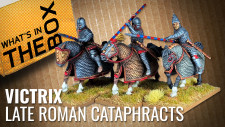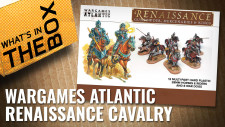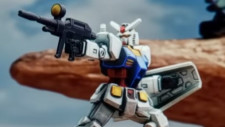Home › Forums › Historical Tabletop Game Discussions › A question probably only John can answer (pintel mounted MGs).
This topic contains 11 replies, has 5 voices, and was last updated by ![]() johnlyons 30 minutes ago.
johnlyons 30 minutes ago.
-
AuthorPosts
-
January 8, 2025 at 3:59 pm #1910887
Something that’s always been on my “eventually I’ll find the answer to this” for many years…..
Always wonder “how” pintel mounted MGs (on tanks, jeeps, APCs etc) are stowed when the vehicle is moving and not being actively operated. Are they “locked” in position (companies like Battlefront always have them at a perfect horizontal), or are they left alone with the breech end (sorry for the terminology here, as I’m not really a gun nut, the end where the bullets DON’T come out off) naturally weighing the gun with the barrel pointing up?
No idea here, as I’ve seen photos with the MG in both positions (although presumably the gun would have to be “locked” somehow rather than just bouncing around forming a hazard to friend and foe alike). If they are locked in position, how is this done?
Cheers to anyone able to answer this one (as an re-enactor or ex military), it’s something that pops into my mind again and again every time I see a photo of a US Sherman or Jeep. I keep meaning to find out the answer, but then get distracted by something shiny (and I never follow things up). But today is different, I am hoping that finally this “niggle” that’s been somewhere at the beck of my mind gets answered and I finally find out (If I’ve been able to ask the question in a coherent manner).
January 8, 2025 at 4:34 pm #1910894A great question! I love it.
So…Here I go…On the typical mounts of US tanks, halftracks etc, the gun itself is mounted on a cradle that holds the gun in two locations (front and rear) with two locking pins. The cradle is then held within a hinged mounting roughly in the middle of the length of the gun (roughly along the balance point of the gun to make it lighter to move around) the cradle also carries the ammunition box mount, allowing it to move vertically with the gun and not twist the ammunition belt.
The cradle itself has it’s own locking pin that, indeed, locks in in the horizonal position, and only horizontal! The mounting point for the cradle and mount assembly has it’s own traverse lock but that isn’t in a fixed position, so the gun can be locked in traverse at any point in its 360 degree motion.

(this image shows the m2 pint mount with cradle and locking pins in place. the lowest little handle with the chain hanging fro mit is the horizontal locking pin.)
When the gun (in this case the .50 m2) is not in use it can be stowed externally on the vehicle after being removed form the pintle mount and placed within its own canvas bag. On some US used Sherman tanks you’ll see the stowage points on the turret rear. Alternatively some Shermans had turret roof “travel locks” which is a bracket that rises up to clamp the barrel of the gun to face forward on the turret roof and keep it clear frm the commanders and loaders hatches.
As an aside, all tanks and vehicles with pintle mounts will usually carry the ground mounts (usually tripods) for all mounted machine guns.
I hope this helps! Most pintle mounts act and work similarly (German pintle mounts are weird because German)January 8, 2025 at 4:37 pm #1910905Both; there is usually a method of having the weapon stabilized but ready for action. If doing a long non-action road move, the weapon can be dismounted.
Leaving them pointing up runs the risk of overhead fouling – trees, wires, etc.
I was a serving armoured officer.
January 8, 2025 at 8:06 pm #1910909Not sure how realistic this would be during war-time, but in these images show pintle mounted guns locked into position with a canvas (?) cover.
AFAIK a few vehicles had the guns dismounted, but I don’t have any images of them, because I was more focused on watching the parade.
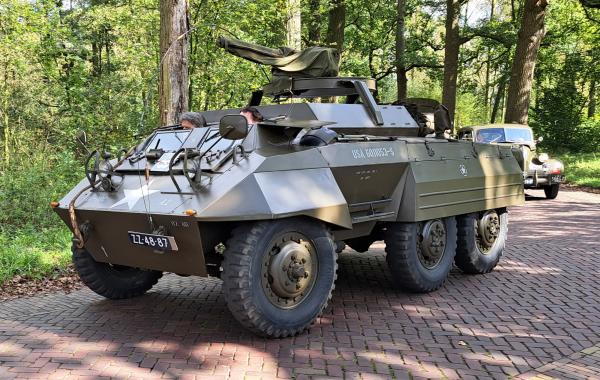
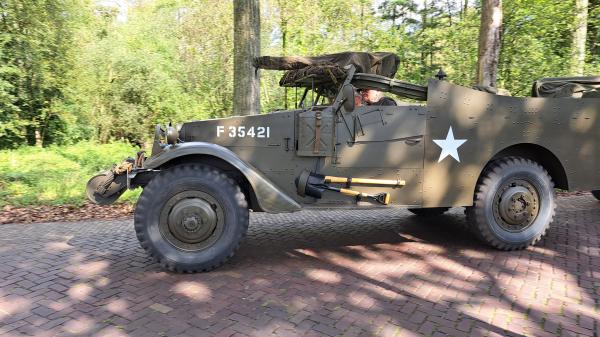 January 8, 2025 at 9:57 pm #1910922
January 8, 2025 at 9:57 pm #1910922out of combat and in bad weather they would certainly have had the covers on the guns.
January 8, 2025 at 11:00 pm #1910923Also for dusty road moves, covers are essential.
January 9, 2025 at 4:09 am #1910952Cheers for all the answers chaps, I’ve “almost” got it……
So we’ll stick with the .50 Cal mount for now (to try to keep things simple, I like simple). So we’ve got two locking pins (one for horizontal and one for vertical). Now if I’ve see photos of one mounted on a Sherman, if it’s parallel to the ground does that indicate it’s “locked” (or could it be locked at any angle)? Also all the images I’ve seen of the MG mounted on the turret of a Sherman show the gun pointing forwards, but the mount is actually to the rear of the TC’s hatch. So wouldn’t it have made more sense for the gun to be locked pointing backwards (to allow the TC easier access to the gun and to unlock these locking pins), or why did they lock the MGs pointing forwards?
The info on the dust covers was news to me, I don’t think I’ve seen a model in any scale with a cover on a pintle mounted MG (Sherman or any other AFV). Why is this never an option I wonder…
I’m only asking as I’ve got a M48 kit to construct (so it’s for the Vietnam era, so it’s not only a pintle mounted MG, but it’s a pintle mounted MG on a cupula). So I’m trying to work out how this would have been locked/position when not actively manned (plus I’ve got to work out if it would have had the “heavy” barrel, or the normal one as the guns were removed from the cupula and stuck on a pintle mount as a field modification). I’ve always wondered how this all worked as I imagine the belt ammo would be bouncing around as the vehicle was moving (or was the belt not fed, and the ammo was just locked in the ammo box). It’s such a small thing, but it’s also rather “complicated” once you start looking into it (or it’s complicated to me). Plus it’s my first AFV kit in 30 odd years (previously it was Airfix kits with those ‘orrid plastic/rubber tracks that NEVER fit right).
January 9, 2025 at 6:12 am #1910959Most pintle mounts act and work similarly (German pintle mounts are weird because German)
I heard that! @johnlyons
For what it’s worth: in my time in the Bundeswehr if a vehicle had a hatch for a gunner there was a mounting point for the MG3 where the bi-pod legs would go in normal operations. Most of the time, when the hatch was closed the MG3 was stored inside. Only when we did things like a TacEval it would remain outside and there is a bracket to fix the back end of the MG3. And a cover that goes over everything for keeping it nice and clean. That’s how we had it on the Mercedes Benz 2t MilGl, MB 1017 TmilGL and the bigger 5t, 7t, and 15t MilGl by MAN.
January 9, 2025 at 6:28 am #1910961The .50 on the Sherman was mounted behind and to the rear of the hatch – and if you watch “Fury”, the crew would have to get out to use the .50 (bonkers!).
On “modern” tanks, all the pintle mounted weapons are (logically) where the hatch opens and can be used by the crew. Leopard C2, for example.
Regarding the pintle lock, when engaged, the weapon is only horizontal. Disengaged, the weapon is controlled by the user to traverse and pivot, to allow lateral, declination and inclination fire as required.
My time was spent at the crossover time from the Canadian C5 GPMG (7.62mm M1919), and the C6 GPMG (“modern” 7.62mm) – and I certainly spent time using both mounted and dismounted.
The .50 was not used on the Leopard C2, but was on the Lynx recce tracked vehicle. I didn’t spend time on the Lynx. On ILTIS, we had the other options. I primarily was recce, ILTIS. Basically, a VW Rabbit on steroids 🤣
The Bundeswehr version of the ILTIS was fordable with a solid body pan – the Bombardier made Canadian version had drain holes, making it awesome at nothing …
January 9, 2025 at 6:37 am #1910962The Bundeswehr version of the ILTIS was fordable with a solid body pan
And it was a fun drive in rough terrain. 4 wheel drive with a turbo diesel engine, large diameter wheels. That thing get’s anywhere.
Just don’t go above 100km/h on the Autobahn. The wheels start screaming and the foldable top is no fun in winter XD
January 9, 2025 at 6:47 am #1910963@sundancer – now take away the TD, replace it with the 1.8L gas, but still 4WD… and put holes in the bottom! That’s the Bombardier version. A Rabbit on steroids!
Foldable top in Manitoba winter? FREEZE! I always made my troop wear their winter mukluks for road moves, contrary to daily orders; beyond that, the cold was just … Canadian, eh?
Still, you’re right – a LOT of fun, even if I wanted to spend my time in the Leopards…
Recce leads the way 😎
-
This reply was modified 11 hours, 30 minutes ago by
 grantinvanman.
grantinvanman.
January 9, 2025 at 5:50 pm #1911000On the M48 I have seen two hatch types for the commanders position. One being :

The other being this monstrosity…

The first one showing that big pintle mount, which, to my eyes, looks to be locked horizontally. I know on the older WW2 era mount that the gun cannot be locked in any other position but horizontal. And this one on the M48 would, in my opinion, be the same. As others have pointed out it keeps the gun where it’s “less likely” to catch on low hanging things and, to a degree, offers the commander some protection from traps like wire strung at head height for tank commanders between building and the like. (yes, that was a concern, and yes some vehicles had addons to protect troops form that threat, see below!)
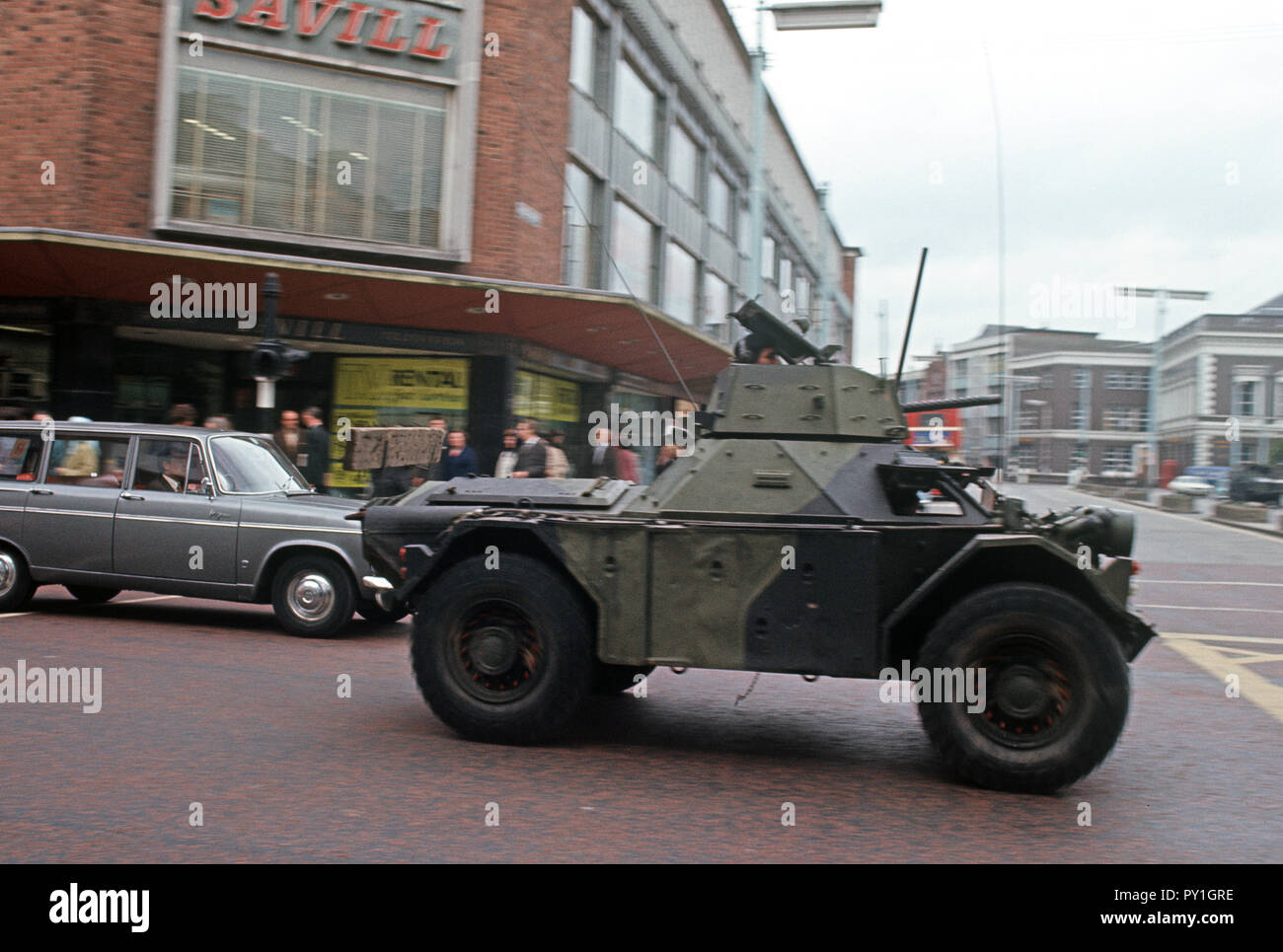
(The long, angled peice of metal on this Ferret’s turret front was for cutting wires and obstructions before they removed the commanders ability to think)Externally mounted guns on the cupola of a vehicle, as others have said, normally needed to be manned from outside the tank. Partly why you rarely, if ever, see a .50 cal mounted on top of british Shermans past, maybe, the desert campagin as they decided it wasn’t worth getting out of the tank to operate.
Also of note is that cupolas generally could rotate themselves

This Sherman hatch assemylu can rotate 360 degrees with that gun mount able to rotate itself. So the cupola can be rotate to have the gun mount out of the way and locked in that position. Both the gun mount itself and the cupola have independent locks to achieve this.It makes sense to me that the M48 commanders cupola can do the same. But maybe I’m applying too much logic to something built by the DoD.. 😉
-
This reply was modified 11 hours, 30 minutes ago by
-
AuthorPosts
You must be logged in to reply to this topic.































